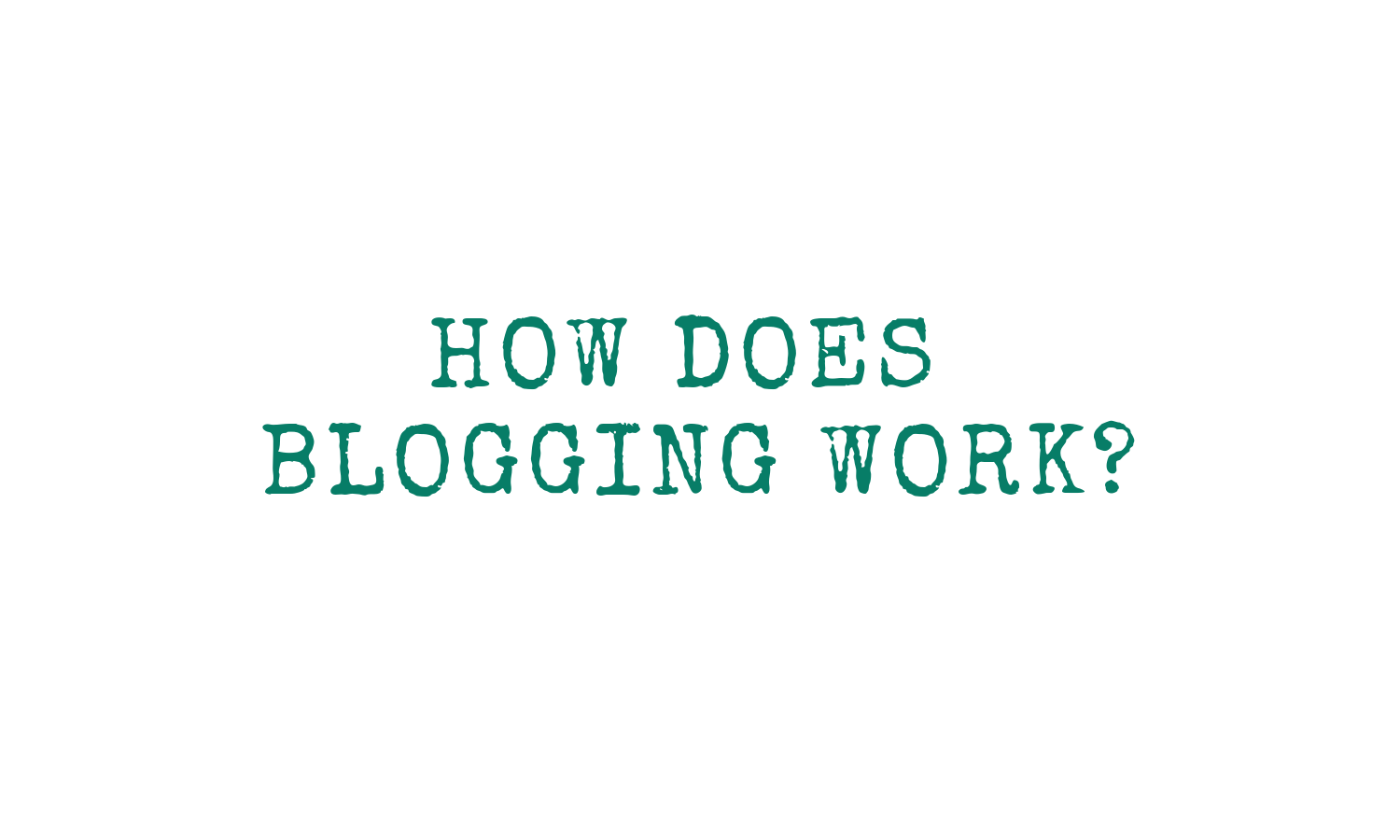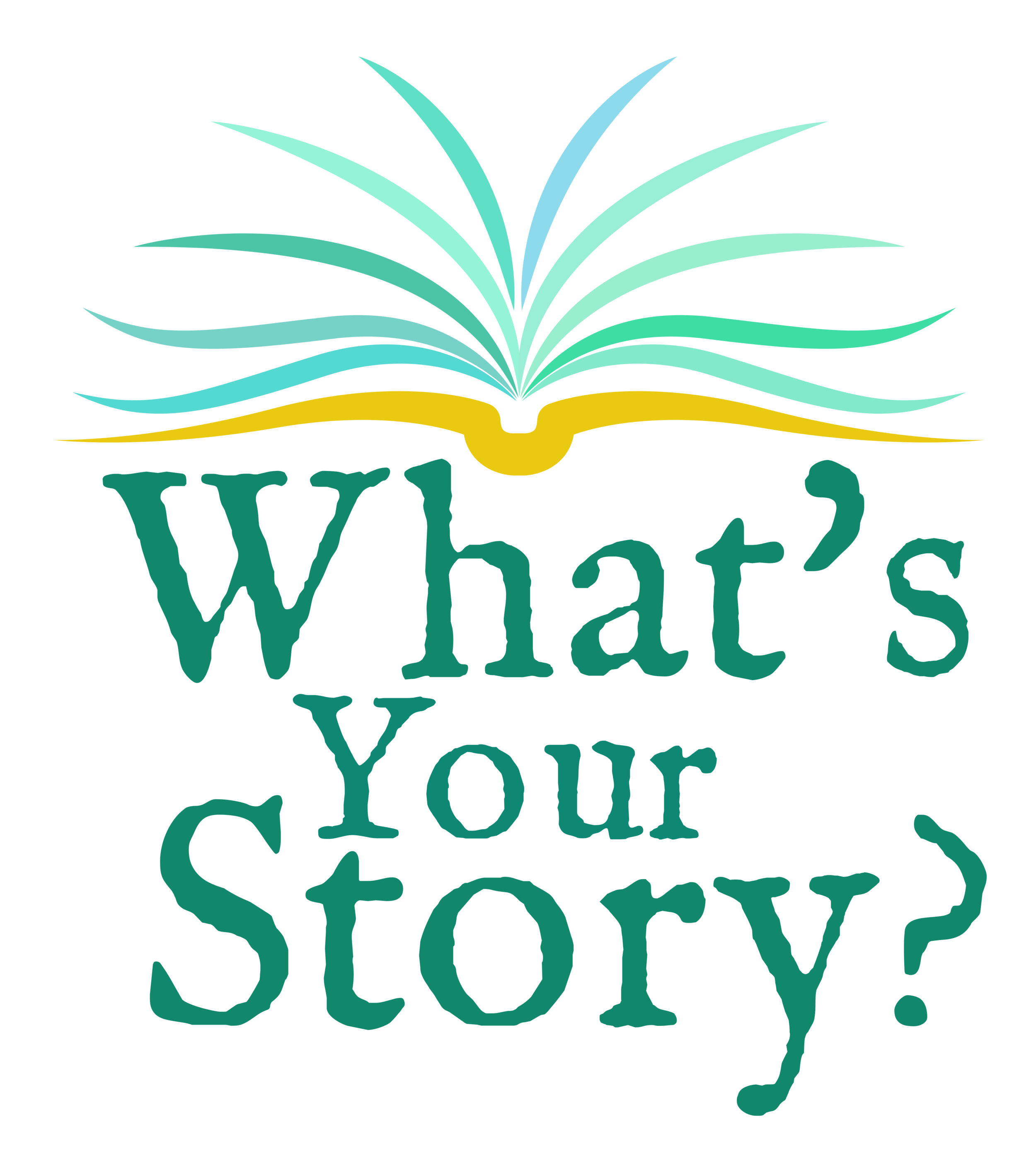How Does Blogging Work?
On the forefront, blogging seems easy. You write an article that is several hundred to a few thousand words in length, edit it, and publish it online. Ta-da! A blog. But that doesn’t mean your blog will work. Having a blog “work”, meaning, having a blog that draws audiences to your website, a blog that gets shared, a blog that leads to new audiences and to conversations, takes more effort. Here, we outline the key fundamentals of the science of blogging.
Why Search Engine Optimization (SEO) Matters for Your Blog
Before you start blogging, figure out what keyword searches and phrases are performing well as how your competitors’ content is ranking. Photo credit: Corinne Kutz
As you know (or can delve into more with this blog on why businesses need to blog), blogs keep your website active. Active pages and websites tend to rank higher in Google. To add to that, blogs that are optimized for search engines also rank higher.
While SEO isn’t the end-all in your blog strategy, SEO should be one of the first things you consider when deciding what to blog about. Obviously, your blog topic should be related to your business, but before you blog, you should also ask:
What searches related to my content are ranking highly right now? What’s trending?
What posts have my competitors posted that are outranking my content?
Gather this information, analyze it, and react to it by writing a blog that appropriately uses the search terms and that mirrors) but improves upon your competitors’ content.
How to Use Keywords in Blogging
So, obviously a big part of SEO is using keywords. It’s 2019, so hopefully you know that keyword stuffing does not work. Instead, you want to optimize your keyword use. Once you have your top keywords, work them into your content.
Your main three keywords should (ideally) be in your main headline (H1). The main keyword should be as close to the beginning of the H1 as possible. The second and third ranking keywords or phrases should also be in your H1 if possible.
Your secondary and tertiary keywords should be present in the H2s and H3s in the article (the subheaders, that is).
Keywords should be used two times or more in the blog.
Keywords should be used in the titles of images and in image captions as appropriate and if possible.
Keywords should be in the blog’s URL (and the URL should be static).
Now, bear in mind this is only half of the pie. As much as your content needs to use keywords and keyword phrases in a natural way in the appropriate areas, your content also needs to be unique.
Blogs that are unique and useful with great user experience will stand the test of time, even as search engine algorithms evolve.
UX and Your Blog
Your audience’s user experience (UX) plays a huge role is how well your blog works. Because most content is consumed on phones, mobile optimization is a must. Photo credit: Paul Hanaoka
Speaking of user experience (UX), while we can’t tell you exactly how to make your content unique, we can advise on how to improve your audience’s UX. For one, check your hosting to ensure your content is optimized for mobile, for example. Audiences get frustrated when websites don’t look good on their mobile phones or if the page has poor load times.
Other ways to ensure your audience has a positive UX on your blog are:
The page is well-designed and is brand-appropriate.
Organize the content using headlines. Have an H1, H2s, and even H3s as appropriate. Consider creating a template for consistency in how your blog presents.
Use bullet points as needed to organize information to make it more accessible.
Make the blog more attractive using images, gifs, and videos. Free content is available on Pixabay and Unsplash; though, you will do well to create your own content when and if you are able.
Your page is easy to navigate; links work, etc.
Link Building in Blogs
Speaking of links, your blog should incorporate links from reliable sources referenced. This enhances your blog’s credibility while also enabling to backlink your own relevant content or content you’ve written for other sites. Provided the content you link to is good and is worth reading, then that can improve your site’s overall SEO.
Writing a Meta Description for Your Blog
Finally, we’ll talk about meta descriptions. Meta data is just data about data. The meta description is a brief description of 156 characters or fewer that describes your blog’s content and that uses your keywords. The meta description is what shows up when you do a Google search. You see the heading with the link. Below that, you usually see the date and then the meta description. The meta description is a valuable resource for telling audiences what they will get in a blog post, which heavily impacts the likelihood of whether or not they will click.
Phew. As you can see, blogging is more than write, copy and paste, and publish. There is a lot that goes into making your blog work; however, evidence shows that blogging does work, so get out there and get blogging.
Do you want to make blogging work for you but aren’t sure where to start? If so, contact us, The Storyteller Agency by clicking this link. We will help you with the science and the creativity of blogging, so you can achieve the ranking your business deserves.









